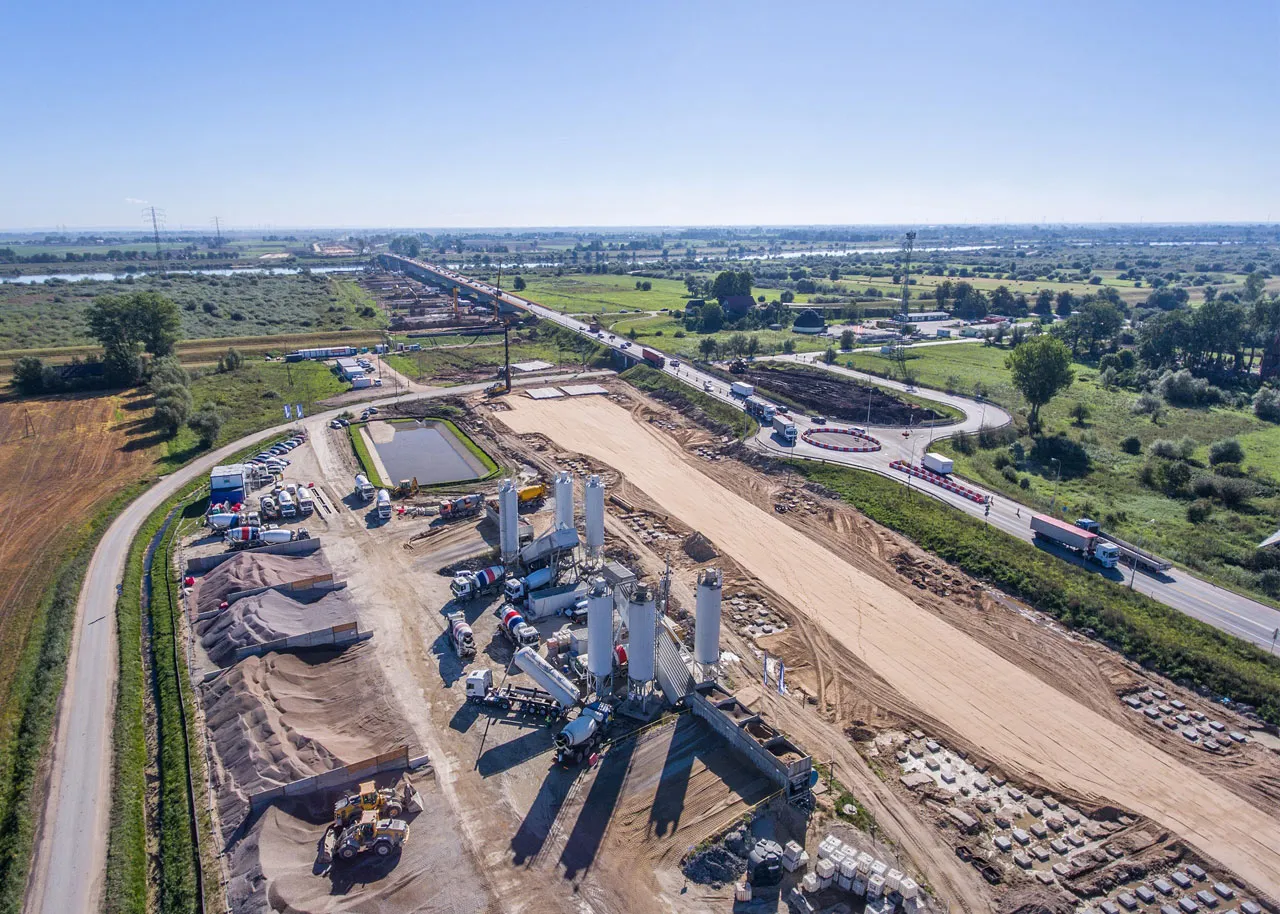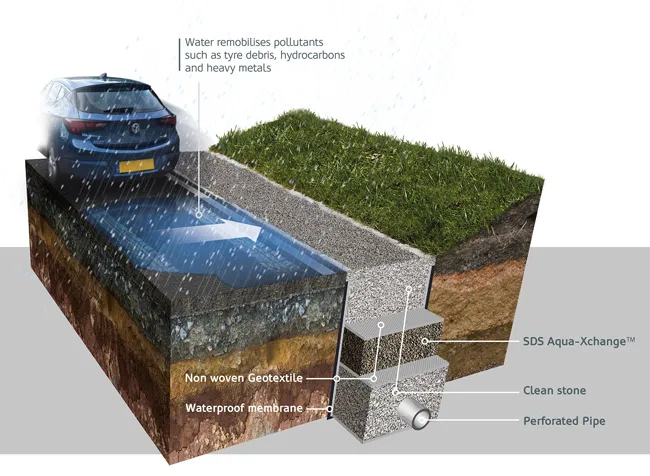
The €83 million project involves lowering the A19 highway underneath the Silverlink roundabout and A1058 Coast Road. The new road is expected to be used by 35,400 vehicles daily.
“We are now entering the final stages,” said Steven Cox, Highways England assistant project manager.
“Work to remove the 80,000m³ of soil has now been completed [and] we have six months left on site. We still have some important work to complete such as the drainage, the pedestrian and cycle bridges and resurfacing the entire junction but providing the winter is kind to us we should be on track.”
Since work started in June 2016, 55 bridge beams, each weighing 35 tonnes and 22m long, have been transported from Ireland, three bridges have been constructed for the existing layout, and have been used and 3.2km of drainage has been created.
Improvements to the 1.2km of cycleway have been carried out as well as adding another 247m.
A time capsule in which local businesses and schools have contributed items has been buried on site and will be unearthed in 100 years, explained Norma Redfearn, the new mayor of North Tyneside.
Highways England is the government-owned company responsible for modernising, maintaining and operating England’s motorways and major A roads.









